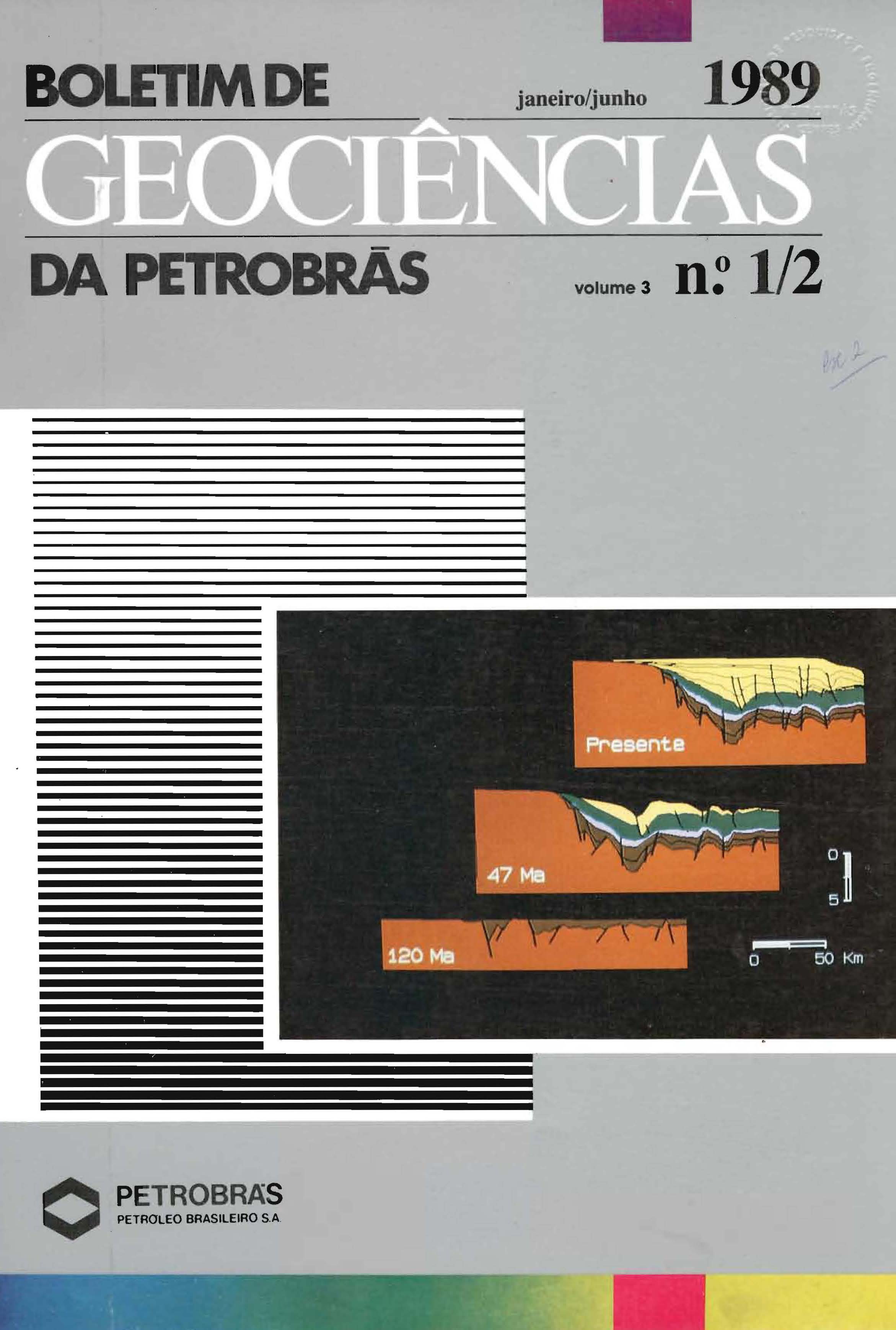Bidimensional reconstitution of the geologic history of sedimentary basins theory and its application in the Campos Basin
Keywords:
stratigraphic reconstruction, flexural backstripping, flexural reconstructionAbstract
The stratigraphic reconstruction of bidimensional sedimentary sections through flexural backstripping and flexural reconstruction is explained in detail. A complete picture of the procedures involved in these two techniques is presented, stressing some new aspects (and equarions) related to theoretical estimates of paleobathymetry. Both local and regional isostatic mechanisms have been emphasized, due to their importance mainly in terms of sediment unload correction and the evolution of_bafement highs. To test this theory, a complete geohistory analysis was conducted on Campos Basin geologic dip section 203-RL-76. Backstripping yielded an average extension factor ({3) of 1.65 for the region located between the hinge zone and the shelf break. The lithospheric extension factors obtained for this section through flexural backstripping are 15-20% greater than those obtained from local backstripping. Practically no difference was observed for wells located over basement highs, but there was a great difference (> 50%) for wells located in the basin's thickly sedimented regions. Flexural reconstruction was used to estimate the paleobathymetry for section 203-RL-76. Results were generally coherent with values determined by paleoecology.
Downloads
Published
Issue
Section
License
This license enables reusers to distribute, remix, adapt, and build upon the material in any medium or format, so long as attribution is given to the creator. The license allows for commercial use.



